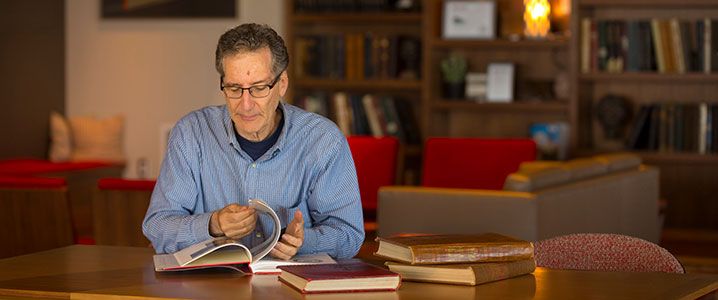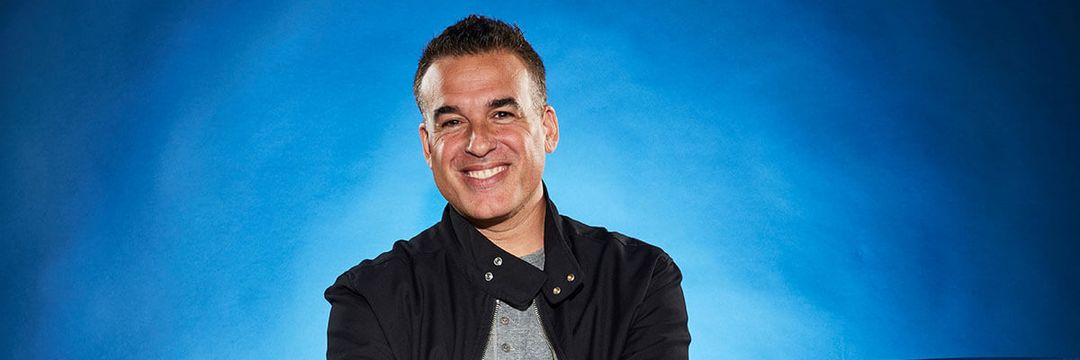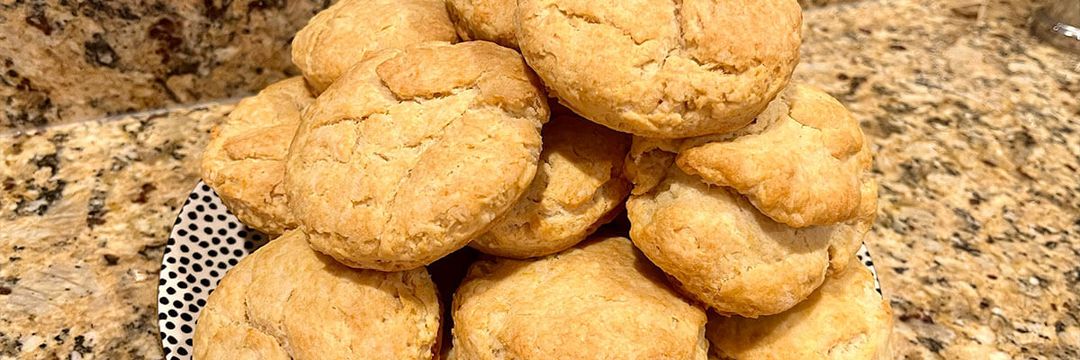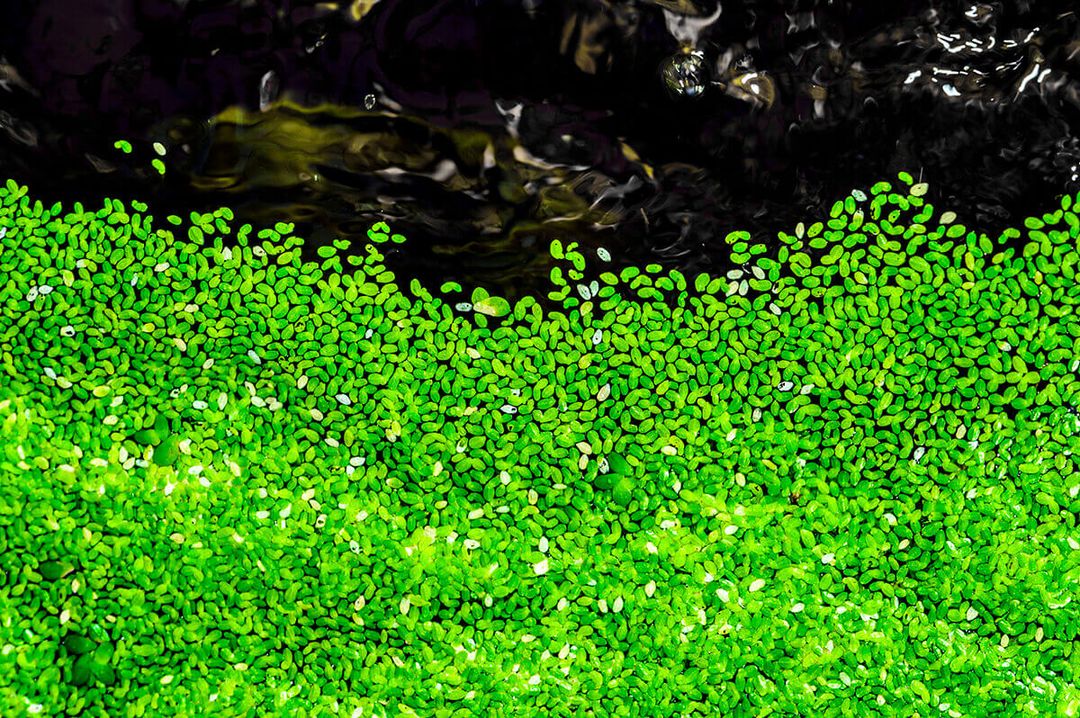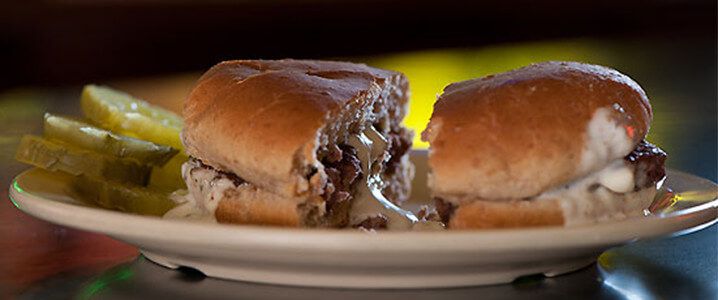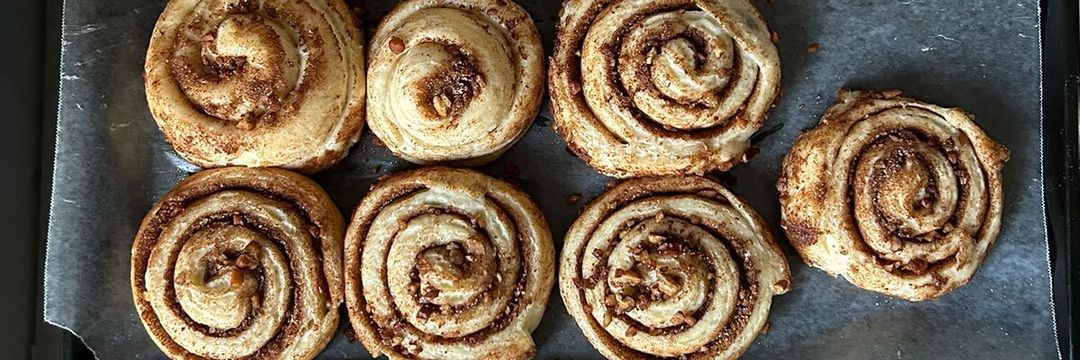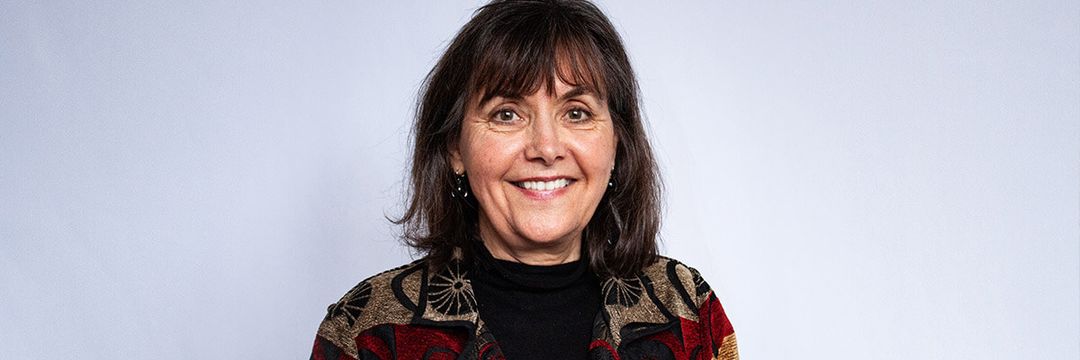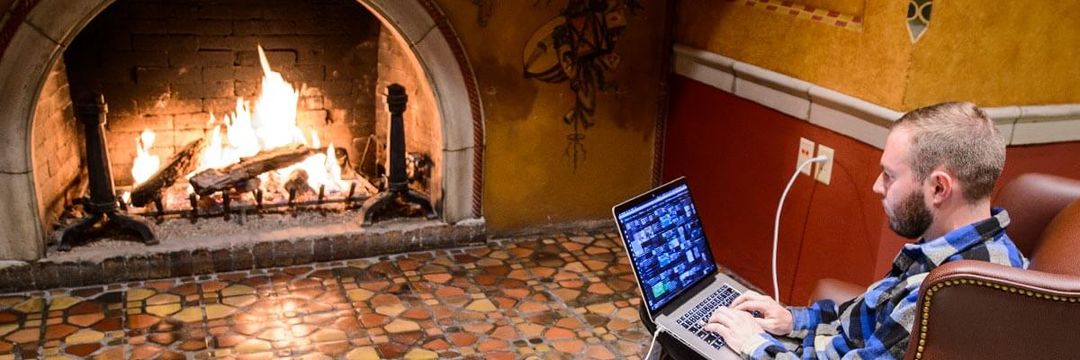As a graduate student in what is now the Nelson Institute for Environmental Studies, Daniel Einstein MS’95 found that he could make a difference in the preservation, conservation, and stewardship of UW–Madison’s resources. While earning his degree in land resources, Einstein worked with the UW’s Facilities Planning & Management (FP&M) group on the campus' first comprehensive environmental audit. This led to a position with FP&M — half campus recycling and half transportation management — in which Einstein helped to develop several of the programs that are integral to UW–Madison today (UW SWAP, flexible parking permits, and expanded bike parking, to name a few. Now, Einstein is FP&M’s historic and cultural resources manager.
What does your job entail?
Currently, I work on projects involving historic structures, archeological sites, and public art. The historic structure part is working with the trades, the engineers, and the planners when a historic structure is going to be involved in a remodeling job. I do the review and work with the historical society to try and minimize the adverse effect that the project might have. If there’s an archeological site and a utility trench needs to be dug, I get involved and try to figure out if there’s an alternative to disturbing the site or if the activity needs to be monitored by an archeologist. That has also gotten me involved in a project to develop interpretive signage for our archeological and Native American sites. And then the final piece is this public art. The university has many galleries — like the Chazen and Wisconsin Union gallery — but we have art in administrative and academic buildings, too. We call that “campus art.” We have developed an inventory of all the pieces and conservation treatments — about 1,800 artworks inside buildings and out in the landscape. … It’s a pretty eclectic job.
It kind of seems like, all-around, you preserve.
That’s one of the threads. [It’s also] conservation, in terms of land management and the vegetation on our archeological sites, and conservation treatments of our public art. How about stewardship? Stewardship of both our natural heritage and our human heritage.
How would you describe a cultural landscape?
I make use of an analogy: have you ever heard of palimpsest? Back in the medieval times, and even before, stories were written down on parchment made from sheep or calfskin. You’d be writing your story and you’d get to the bottom of the parchment, [then] you’d have to go and kill another cow … Or, you could go into the back room and grab an old parchment and scrap away the writing or wash it away. … If you were unsuccessful in clearing away the old story, you sometimes would get this situation were one story was literally being written over the other. … A cultural landscape — this intersection between people and the land — if you know how to read that landscape, you can sort of see the multiple stores that are woven and mixed together … I think that’s such a useful way to think about history. There’s not just one story. There’s lots of layers of stories, and sometimes you can see those stories at the same time. You can see back through history … if you know what the evidence is.
What do you mean by “there’s not just one story?”
We often want to tell stories as if there is a singular truth. I think there are multiple truths. History is complicated because, guess what? People are complicated. That’s the myth of so much in our teaching of American history: that we are one people, we have one experience, we have one truth. Not so much. There are dominant stories told by the victors.
What’s a campus story that often gets it wrong?
The one that gets me is the whole story about why there’s an Abe Lincoln statue on campus: the story that is retold — because it’s a convenient story because it fits nicely with the narrative — is that we have Abe Lincoln because we’re a land-grant institution and funds from the Morrill Act of 1862 funded acquisition of land. Well, guess what? I have never seen any information at the time of the dedication of the Abe Lincoln statue that mentions the Morrill Land Grant Act. It appears that this is a case of correlation and not causality. To the best of my knowledge from all the research I’ve ever done, we have the Abe Lincoln statue because we had [an alumnus] named Richard Lloyd Jones and he was a Lincoln-phile. He was in touch with the sculptor who created the piece, and he negotiated with the sculptor to get us a duplicate.
How many campus buildings are listed on the National Register of Historic Places?
It’s a little bit complicated, because it depends on what you mean. There are historic districts, there are landmark-status buildings, and there are buildings that are listed on their own. There are, in addition to listed buildings, objects and structures. All told, UW–Madison has more than 175 listed or eligible historic properties on the national register.
How many National Historic Landmarks are there on campus?
A landmark is a separate program [from the registry]. There are four national landmarks on campus: North Hall, Science Hall, the Red Gym, and the Dairy Barn have achieved the very highest level of recognition for their national significance. You might ask, what’s so special about the Red Gym and why is it recognized?
Ok, so what’s so special about the Red Gym?
The answer is “Fighting Bob” LaFollette. In 1904, the Republican state convention was held in the Red Gym. It was at that time that the progressive wing of the Republican party kicked out the stalwarts, which launched Fighting Bob LaFollette on his national career, which led to a presidential run. And the Dairy Barn, which is one of the under-appreciated, under-recognized buildings on campus, why is that a national landmark? Take a stab at it.
Because they’ve got a cow with a hole in his stomach?
Close, but no. But there is a cow with a hole in his stomach in the Dairy Cattle Center. But the Dairy Barn — there was an experiment done in that building called the single-grain experiment. That led to the discovery of a little something called vitamins. This university has, for 100 years, been at the leading edge of vitamin research, which led to the creation of a new science called nutrition. This just blows my mind sometimes!
What are some other under-recognized buildings on campus, from a historic perspective?
I think in the Red Gym. Not only does it have the Republican convention story, but because it was an armory, that’s where student cadets and the ROTC programs were housed. They had a military drill in that building. They housed the military during the first World War and the second World War. Before the Sterling Hall bombing in 1970, there was a firebombing of the Red Gym. The plan — and it was a bad plan — was to burn out the ROTC offices. Except their reconnaissance wasn’t too good, and they bombed the wrong side of the building. They bombed the water resources management office.
What’s your favorite place on campus?
I knew you were going to ask that. … Up until recently, my favorite place would be Observatory Hill by the President’s Oak. It was likely the oldest tree on campus … they cut it down about two or three years ago. The fact that the Observatory is there, with views out across the lake towards Picnic Point, and a cluster of effigy mounds makes that a pretty special spot. It’s where we do a lot of our cultural landscape tours. It was a place where you could go to help people imagine how the campus has evolved over time.
Why is it important to maintain cultural landscapes?
Learning goes on both inside a classroom and outside a classroom. How many people will tell you that walking the Lakeshore Path out to Picnic Point is one of their most powerful memories of their time on campus. [People] remember the times that they were enjoying these informal life experiences. That’s my pitch for the importance of stewarding landscapes and historic buildings and the value of public art.
